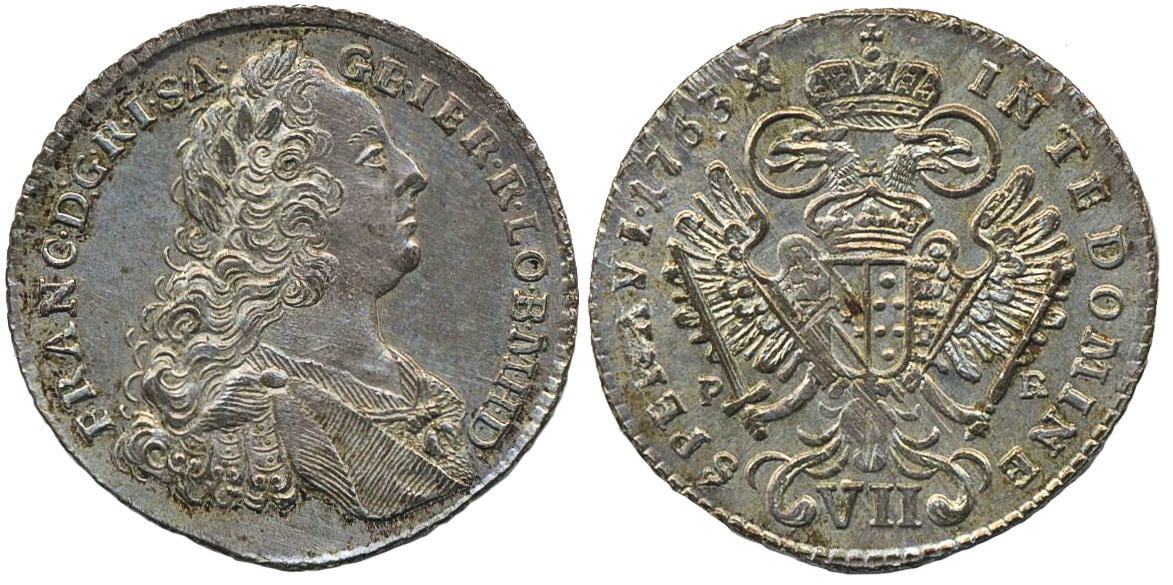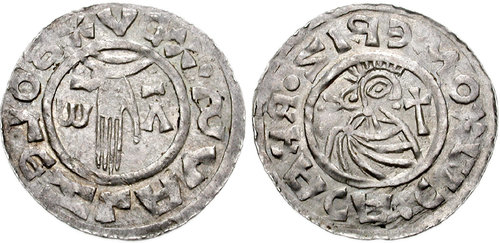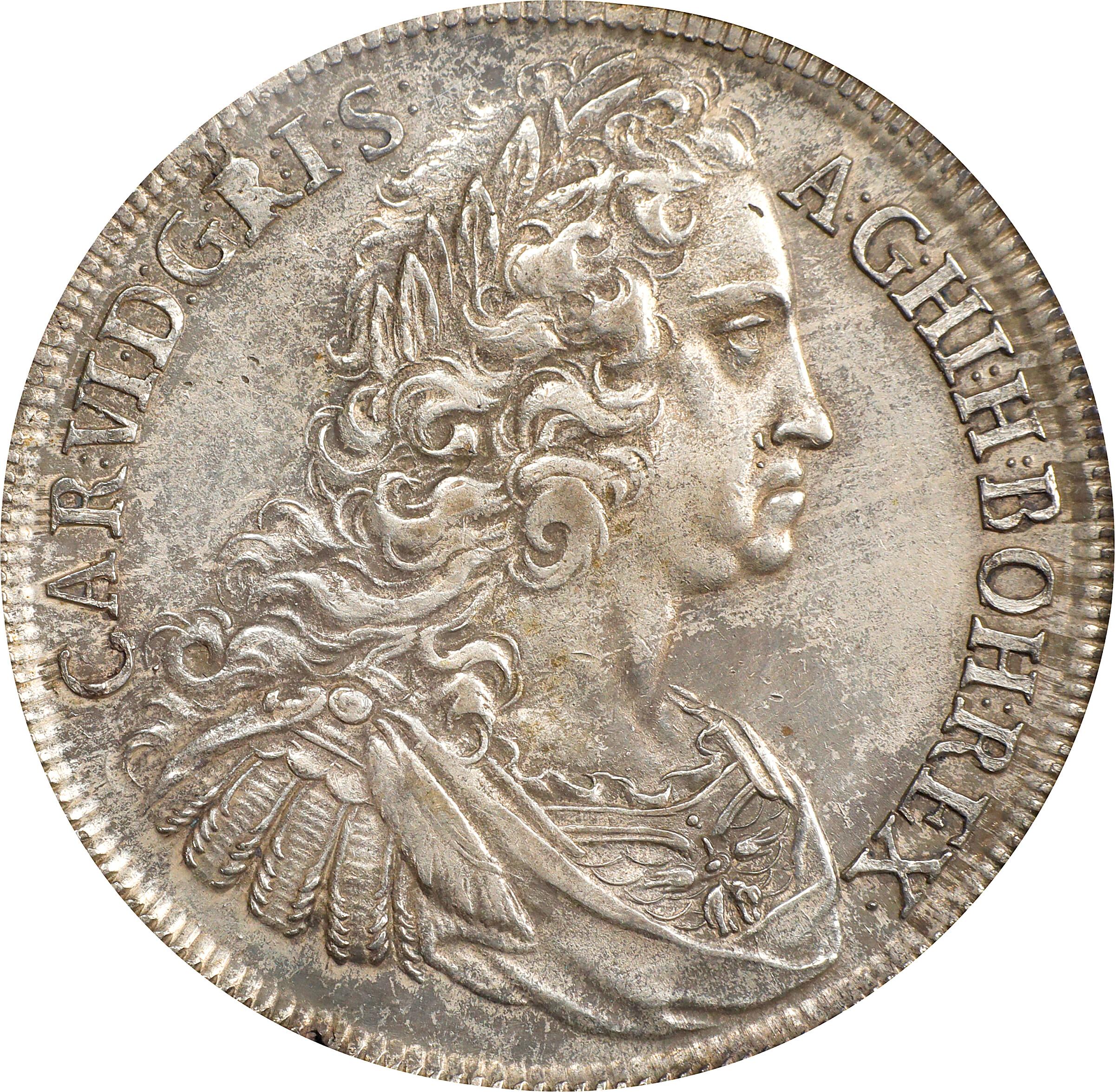Good Ideas On Minting Czechoslovakia Medals
Good Ideas On Minting Czechoslovakia Medals
Blog Article
What Is The Plaster Model Being Scanned To Create A Digital 3d Model For Gold Coins And Medals?
Scanning a model made of plaster to create a 3D digital model for gold coins or medals involves using special equipment to capture the maquette's physical details and dimensions in a digital format. This digital replica serves many functions during the process of production.
3D Scanning- High-resolution, 3D scanners are used to record the dimensions and details of a model made from plaster. These scanners employ various methods to record precise measurements.
Capturing Surface Data - The scanner releases laser or light beams on the surface of a plaster model. The scanner records the surface information of the model through recording reflections, distortions, and other effects caused by laser beams.
Data Collection- When the scanner moves over the plaster model, it gathers a huge amount of points, creating a digital representation of the model's geometry including contours, details, and contours.
Conversion to 3D Model- The collected data points are processed using specially designed software, which converts the data into a 3D digital model. This model resembles the physical dimensions and features of the maquette.
What are the motivations for creating a digital 3D model?
Digital 3D models allow for exact reproduction of physical models' details and dimensions. This accuracy is essential to ensure that the gold coins or medals match the original model.
Digital models can be easily altered and improved. Designers are able to modify 3D models without altering the initial plaster model.
Compatibility of Digital 3D Models with Manufacturing Processes. Digital 3D model are compatible with a variety of manufacturing technologies such as CNC manufacturing.
Digital 3D designs can be archived and used as documentation. Digital models are saved for future use, reproductions or documentation from the past.
By scanning plaster models and creating 3D digital model designers and manufacturers can speed up their processes of production, ensure accuracy of replication and make use of advanced manufacturing technologies to make gold coins and gold medals with accuracy and precision. Take a look at the best Scanning and 3D Modeling Czechoslovakia gold coins site info. including $50 gold piece, st gaudens double eagle, cost of gold coins, silver bars for sale near me, 1 ounce gold bullion, gold 1 dollar coin, gold bullion cost, british sovereign gold coin, ancient coin, 24k gold coins prices and more. 
What Is The Reason Why Dies Used To Make Gold Medals And Coins Undergo Vacuum-Hardening Processes
The vacuum hardening method is employed in the making of gold medals or coins. The process involves heating dies at high temperatures, then expose them to controlled conditions within a vacuum. This article provides a quick overview of the vacuum-hardening process.
Diets used to strike medals or coins are clean and free of contaminants.
Loading in Vacuum Furnace
The dies are placed inside the vacuum furnace, which is a specialized chamber for heat treatment that is capable of creating an atmosphere of vacuum.
Evacuation Air
Vacuum furnaces eliminate air from chambers, creating a non-oxygen space. This prevents oxidation and ensures an even heating.
Heating Phase
The furnace is heated to the ideal temperature needed to harden the dies. The range of temperatures is determined by the material used and the processes for hardening.
Drinking at high temperatures
Die dies are kept at high temperatures for a specific time, which allows materials to attain the level of hardness desired and to maintain metallurgical structures.
Cooling or Quenching
Using specialized methods, dies are quickly cooling down or being quenched following the soak process. Rapid cooling assists in locking in desired hardness and strengths in the steel.
Tempering (Optional)Tempering (Optional)
In certain circumstances tempering could be a part of the process of hardening. Tempering involves heating the dies up to a lower temperature in order to relieve stress while maintaining the toughness.
Quality Control Inspection
Hardened dies must pass thorough quality control and inspections to ensure they achieve the desired hardness, strength or dimensional tolerances.
Post-Treatment Handling-
The dies will then be processed further including polishing or coating, before being used to create the coins or medals.
The process of vacuum hardening enhances the strength, durability and wear resistance and the life span of dies, which are used for striking coins or medals. By ensuring a controlled and contaminant-free environment the process offers an efficient and consistent method to make the dies harder. Check out the top vacuum hardening Prague Mint gold medals more recommendations including 1 10 oz american gold eagle, liberty gold coin, gold and coin dealers near me, best place to buy gold bars, old silver coin, gold coin shops near me, gold buy bullion, 1 oz gold bars, 50 pesos gold coin, buy gold bars from bank and more.
In What Ways Can Gold Coins And Medals Undergo Coating Processes To Safeguard The Metal?
Gold coins or medals can undergo coating treatments for different reasons, such as protection, improvement of appearance, or to achieve particular aesthetic results. These are the various kinds of coatings available.
Clear Protective Coatings (Varies). A clear protective coating like lacquer, an specialized plastic, may be applied to protect the surface from oxidation scratches or tarnishing. The coating keeps the original appearance of the coin and protects any metal underneath.
Enhancement of Appearance-
Gold plating (or gilding)- A thin layer of gold can be applied to the surface of gold-plated coins or medals. This gives a beautiful finish to the coin, or medal.
Aesthetic Effects
Patina and Antique finishes: Chemical treatments or special coatings can be applied to produce an antique or patina effect. This method artificially ages the surface, creating an aged, oxidized appearance.
Coloring or ColorizationIn certain instances, specific areas of the medal or coin are colored with special coatings or enamels to highlight design elements, create contrast or to add visual interest.
Anti-Tarnish Coatings-
Anti-Tarnishing Solutions – The coatings are applied to coins or medals that feature intricate designs and areas prone to tarnishing. These coatings will prevent metallic surfaces from becoming discolored or oxidized with time.
Specialized Coatings for Security, or Authentication-
UV-Reactive Coatings or Luminescent Coatings Certain coins and medals may contain special coatings that respond to UV light. This can reveal the hidden or encrypted components to provide security or authentication reasons.
Selective Coatings for Contrast
Selective Coating Removal- In certain cases the coatings of coins or medals are removed selectively to create contrast on polished and coated surfaces.
Each process has a distinct purpose, for instance, to enhance the appearance, protect metal, add security, or achieve certain aesthetic effects. These coatings impact the aesthetic appeal quality, durability and worth of gold coins and other medals. View the best coating Czechoslovakia gold medals website examples. including medal gold medal, buying silver, purchase gold coins, chinese coins, american buffalo coin, purchasing gold bars, buy gold and silver, order gold coins, 24k gold coin, bullion bars gold and more.
How Is Gold Fed Into The Coin Presses And Then Stamped Under High Pressure During Minting?
In the process of minting the gold coins and medals are created by pressing them under pressure. This article provides a brief description of the steps in loading blanks.
The gold-colored blanks are inserted into the feeder system which is connected to the coin presses. This feeder ensures that blanks are constantly delivered to the press.
Feeding Blanks to the Press
The system of feeding is designed to move the blanks one-by-one into the striking chamber. This guarantees the exact placement of each blank prior to stamping.
Alignment and Positioning
In the press, the blanks must be positioned perfectly in the strike area so that the stamping can take place.
Striving Under Pressure
The coin press has two dies: one stationary, and the other that moves. The stationary die is equipped with negative designs that are made on the coin, and the moving die strikes the blank.
The die moving transfers the design from the blank to its surface using a lot of force. The dies pressurize the design to create the relief raised on the medal or coin.
Striking repeatedly
Multiple strikes can be used to create a more sharply drawn design or image on better quality coin and medals. Each strike increases the clarity on the blank surface.
Collection and Ejection
When the designs are struck and minted, the medals or coins that are produced are removed from the presses. They then collect in containers and trays. Stamping designs are then checked for quality control in order to make sure they conform to the standards and requirements.
Post-Processing-
The appearance of the coin or medal could require further processing, such as edge lettering (either edge reeding) or post-strike treatment.
Stamping with high pressure, which imparts a design on the gold blanks, is crucial in that it transforms them into finished coin or medals for collectors, circulation or for commemoration. The stamping process requires accuracy as any changes in alignment and pressure can affect the quality of the final product. See the most popular minting Prague Mint gold medals more advice. including sell gold and silver near me, 1975 gold penny, 100 gm gold biscuit, 1 oz gold, cost of a gold bullion bar, gold and silver buyers near me, five dollar gold coin, silver bars for sale near me, apmex gold coins, 1 ounce gold and more.
